Modest Modena is best known for its fast cars and slow food. Most people pass through on the way to sexier cities, but it’s well worth lingering. A compact and highly walkable city centre, combined with a countryside brimming with culinary opportunities, make Modena the perfect 24-hour pitstop.
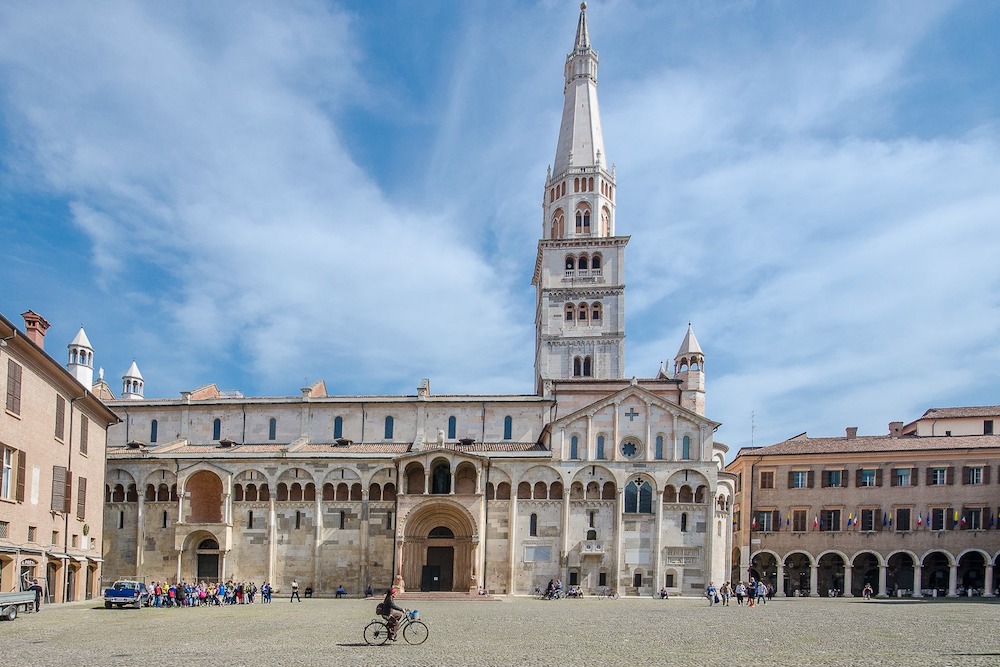
Piazza Grande, Modena’s political and social centre (Photo: Emilia-Romagna Tourism)
In a country as madly photogenic as Italy, it’s not easy to stand out. Perhaps that’s why Modena, a medieval city 90 miles north of Florence, has historically gone under the radar – usurped by the supermodel good looks of other Italian cities like Venice and Positano. That’s a pity because Modena has a lot to say for itself. The self-proclaimed ‘Spiritual Capital of Emilia Romagna’, Italy’s most delicious region, is the birthplace of Pavarotti and Ferrari, inventor of proper Balsamic Vinegar and home to an osteria that has twice won the coveted title of ‘Best Restaurant in the World’.
Today Modena is Italy’s wealthiest city per capita, but it was well-off even before the production of its most lauded legacy: cars. The House of Este decamped here from Ferrara in 1598, making it the capital of the Duchy for most of the period up until 1859, when it became part of the Kingdom of Italy. This rich cultural history, paired with a lucrative automotive industry, make Modena a vibrant, thriving city to both live in and visit.
Things to do
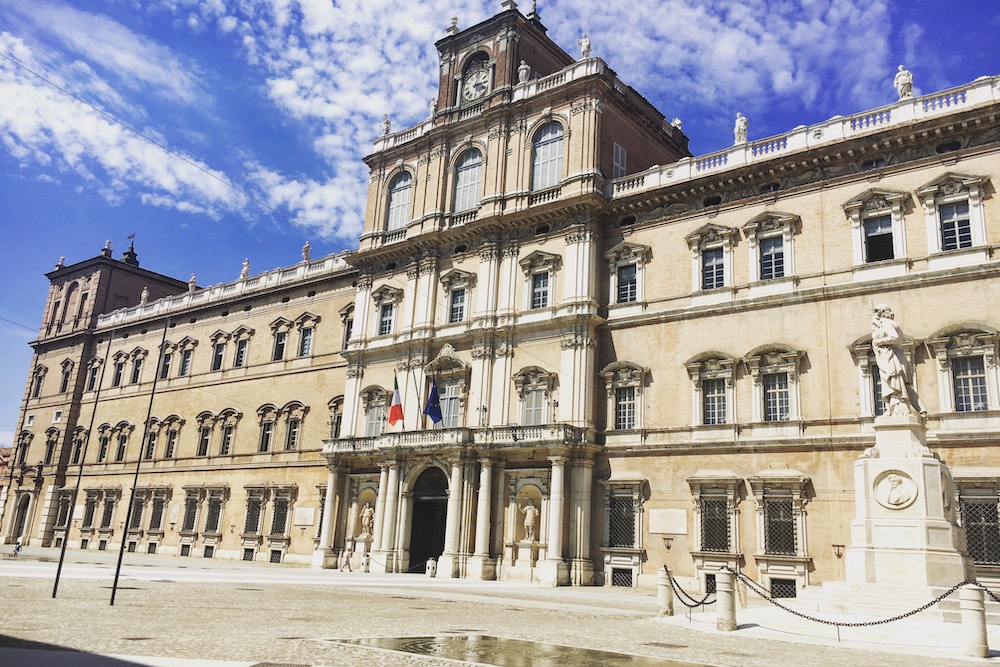
The imposing Palazzo Ducale (Photo: Allie D’Almo)
Get your bearings by heading straight to the city’s spiritual centre: Piazza Grande. The Unesco-designated square is where you’ll find Modena’s most famous monuments, including the 12th-century Duomo di Modena (Corso Duomo), one of Italy’s most beautiful Romanesque cathedrals. Rising behind the cathedral, the Torre della Ghirlandina (Piazza della Torre, 41121) the city’s Gothic bell tower, dates back to 1167. Exiled Spanish Jews coined the name in a nod to Seville’s famous Giralda tower. On the other side of the piazza, you can explore the frescoed rooms of Modena’s 17th-century town hall, Palazzo Comunale (Piazza Grande, 16).
The five-storey Palazzo Ducale (1121 Modena) is widely believed to be the first Baroque palace in Europe. Once the seat of the Este Court, the palace now houses Italy’s most prestigious military academy. It’s closed throughout the week but it is possible to explore the palace on a one-hour guided tour on the weekend. If you’re in town, it’s well worth the trip, not least to explore the Noble Apartment where you’ll find an exquisite frescoed ceiling by Franceschini.
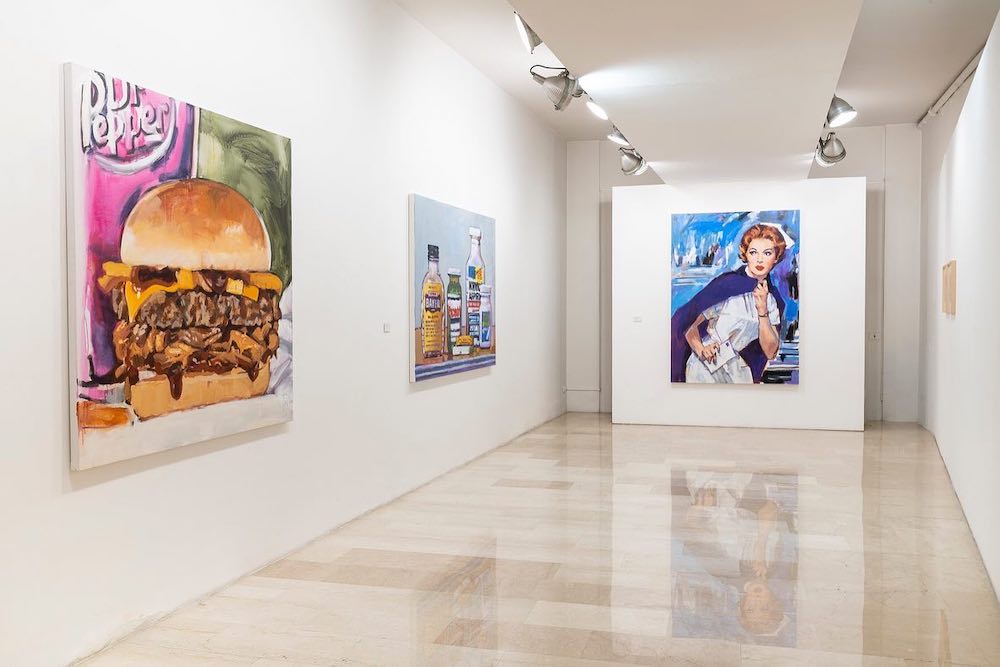
Part of a 2020 exhibition at Galleria Mazzoli (Photo: Galleria Mazzoli)
If this doesn’t sate your appetite for princely trinkets, a trip to the Estense Art Gallery (Largo Porta Sant’Agostino, 337) is in order. The palace is home to Este’s vast art collection, dating from the late thirteenth century to the early nineteenth century. Or, for more contemporary pieces, hotfoot to Galleria Mazzoli (Via Nazario Sauro, 62). The internationally renowned gallery, run by Emilio Mazzoli, showcases works from artists including William Anastasi, Enzo Cucchi and Mark Innerst.
Petrolheads won’t want to miss the Museo Enzo Ferrari (Via Paolo Ferrari, 85). Opened in 2012, the museum celebrates the life of Signor Enzo Ferrari who was born in Modena, in the same building. As well as a huge showroom showcasing 21 Ferraris, you can also explore the historic workshop where Enzo first tinkered with cars. If you’re tempted to get behind the wheel, you can take a short 11-mile journey out to the Ferrari Factory (Via Abetone Inferiore, 4) in Maranello, where you can take the cars for a spin.
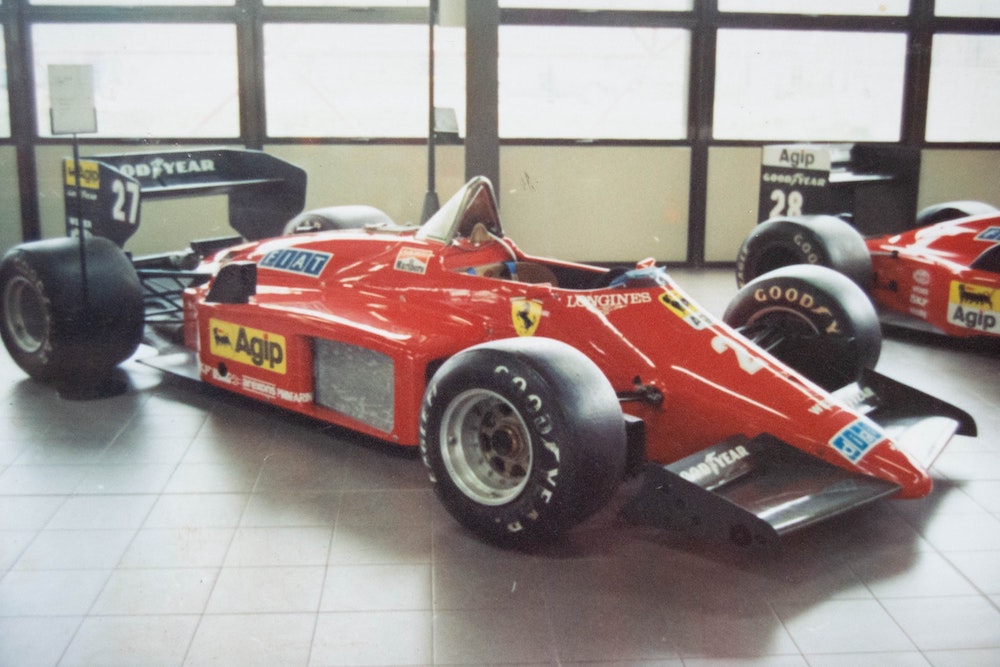
A 1985 formula one Ferrari (Photo: Lacopo Marmeggi via Unsplash)
Opera aficionados might prefer to take a trip to Casa Museo Luciano Pavarotti (Stradello Nava, 6) instead. The world-famous tenor was born around five miles southwest of the city, and visitors can now explore his former home. You can wander around his bedroom, bathroom and kitchen, and gawp over A-list memorabilia which includes awards, stage costumes and letters from Frank Sinatra and Princess Diana.
No trip to Modena would be complete without a trip to a traditional acetaia, to see how traditional balsamic vinegar is made. There are dozens surrounding Modena but Acetaia del Cristo (Via Badia, 41) is one of the best. They’ve been making this dark, syrupy vinegar for generations and now boast over 2,000 casks of it. You can take a tour around the cellars, which includes a trip to the VIP room full of fermenting vinegars for the likes of Queen Elizabeth II and Michael Douglas, as well as a tasting at the end.

The VIP Room at Acetaia del Cristo (Photo: Allie D’Almo)
Eat and Drink
Modena is a culinary bucket list destination and home to a rich gastronomic tradition that goes back a thousand years. It’s frequently referred to as the jewel in Emilia Romagna’s culinary crown, for good reason: hand-rolled egg pasta, locally cured meats and Italy’s most famous cheese grace almost every trattoria’s tables.
The best place to initiate yourself with Modenese fare is at Mercato Albinelli (Via Luigi Albinelli, 13), Modena’s covered market. Here, you’ll find tables buckling under the weight of glorious grainy hunks of Parmigiano Reggiano, huge fat-flecked hams and bulbous artichokes. Take a seat and watch local life whirl past, preferably with a plate of freshly-made tortelloni smothered in butter and sage. Bar Schiavoni (Via Luigi Albinelli, 13), a market shop run by the Fantoni sisters, is famous for its panini, best washed down with a tumbler of local Lambrusco wine.
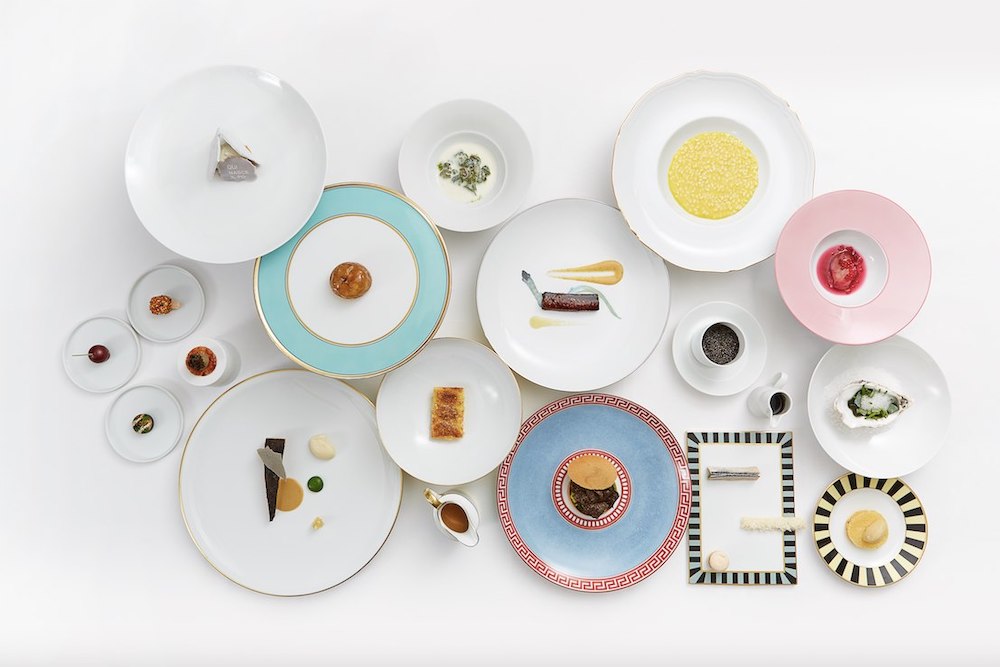
A tasting menu at Osteria Francescana (Photo: Osteria Francescana)
If your budget will stretch, Osteria Francescana (Via Stella, 22) is – literally – one of the best restaurants in the world. Massimo Bottura’s three-Michelin-starred restaurant has won the coveted ‘World’s Best Restaurant Award’ twice, once in 2016 and 2018. The fabled lunch and dinner menus will set you back at least €290, with additional wine pairings from €190, and you’ll need to reserve a table at least a few months in advance.
There’s no shortage of affordable trattoria along the backstreets, but Trattoria Ermes (Via Ganaceto, 89) is a good place to start. The unassuming trattoria, just south of the railway station, serves up steaming bowls of tortellini en brodo, tiny pasta parcels stuffed with mortadella and served in a rich capon broth. Those with steelier stomachs will want to try Modena’s most traditional dish, the zampone, a cured and stuffed pig’s trotter.
Where to Stay
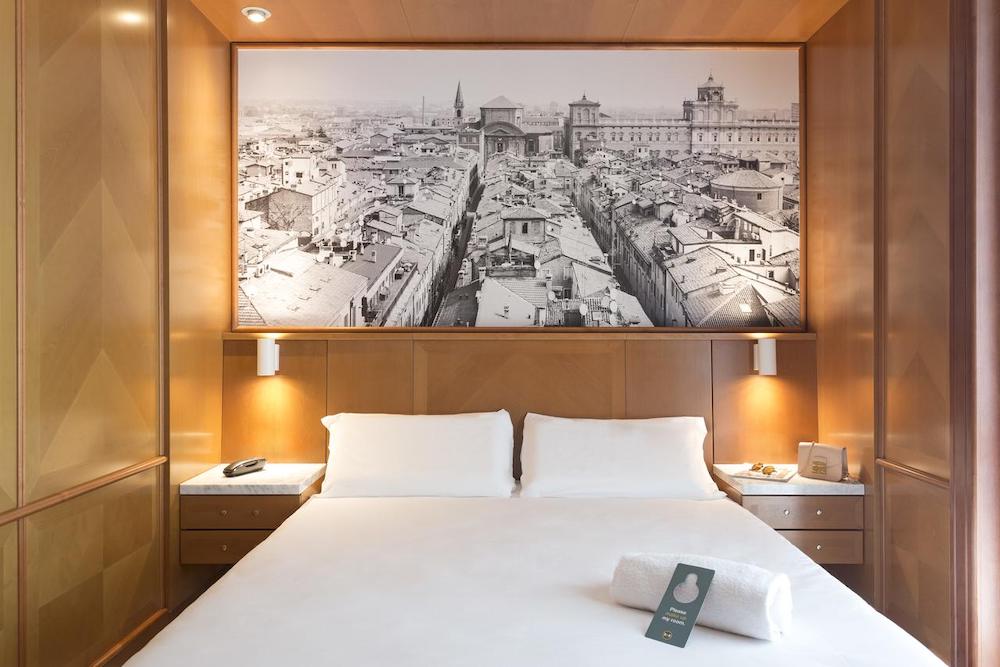
A wood-panelled bedroom at B&B Modena (Photo: Booking.com)
For a cheap and cheerful night’s sleep Ostello San Filippo Neri (Via Sant’Orsola, 52), the city’s only hostel, is an excellent choice. Located a five-minute stroll from the city centre, guests can choose from a range of two to four-bed dormitories, each with a private bathroom outside the room. Bikes can be rented for free and those travelling by car are offered free parking too.
If you’d prefer to have a little more privacy, B&B Hotel Modena (Via Emilia Est, 441) is a centrally located and affordable hotel. Each of the bright white and wood-panelled rooms is fitted with a 40-inch TV with chrome cast, a memory foam mattress and an ensuite with a rainfall shower too. The rate includes an excellent buffet breakfast of pastries, local meats and cheeses, and cereals. Rooms from €47 per night
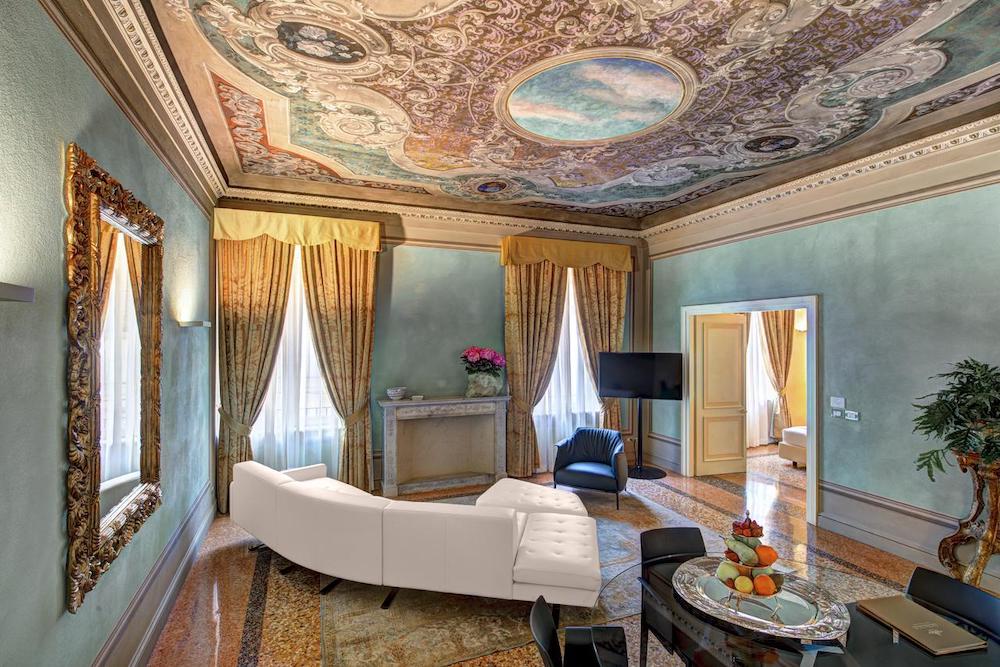
A bedroom at Hotel Rue Frati 48 (Photo: Booking.com)
If you’ve managed to wrangle dining reservations at Osteria Francescana and you’re looking for a luxurious nights’ sleep to match, try the rather unimaginatively named five-star hotel Hotel Rua Frati 48 (Rua dei Frati Minoi 28). Bedrooms feature gilded mirrors, gold velvet curtains and frescoed ceilings that wouldn’t look out of place in the Palazzo Ducale. There’s an onsite spa with a sauna, Turkish Bath and luxury treatments too.